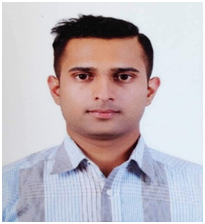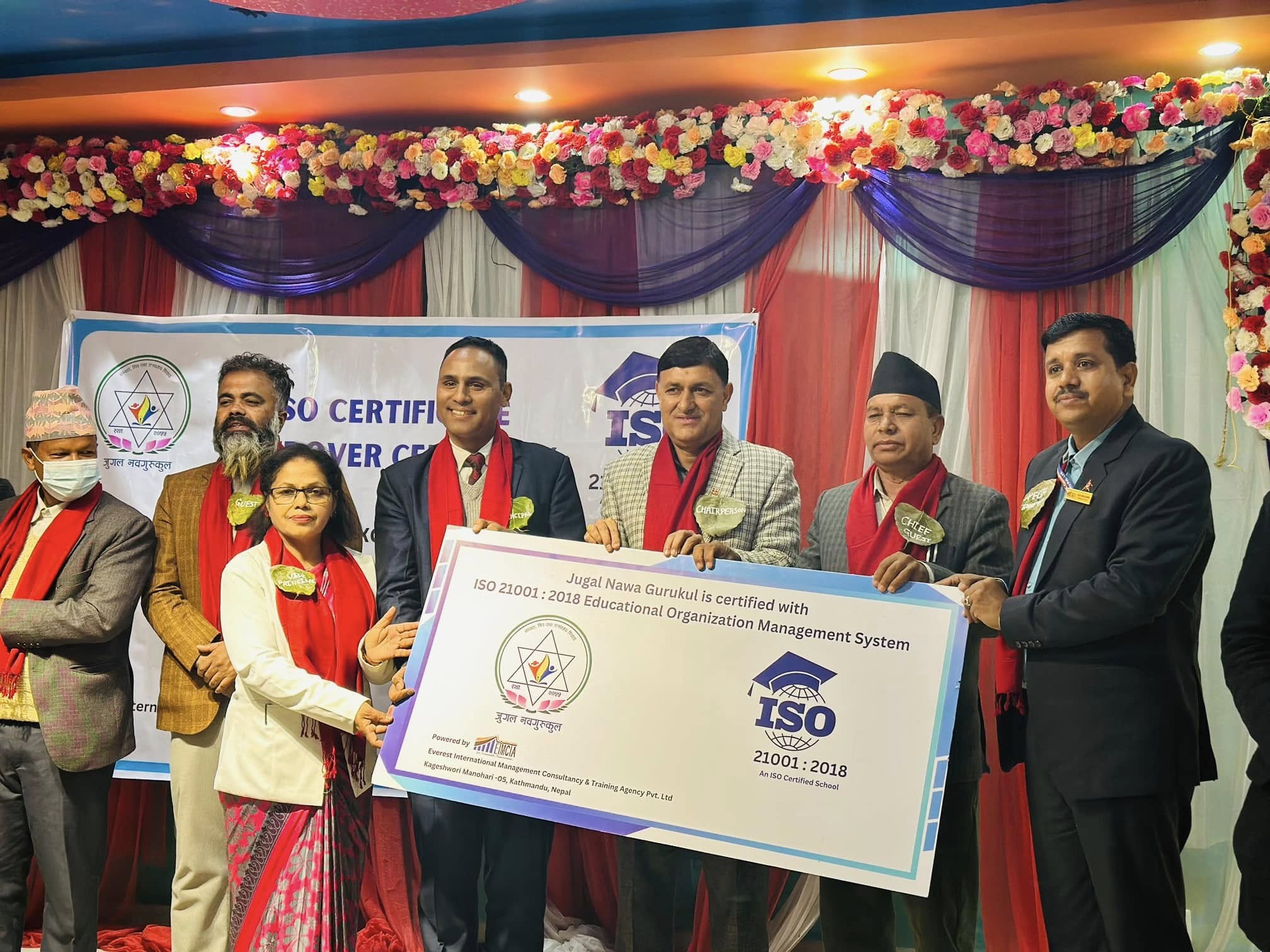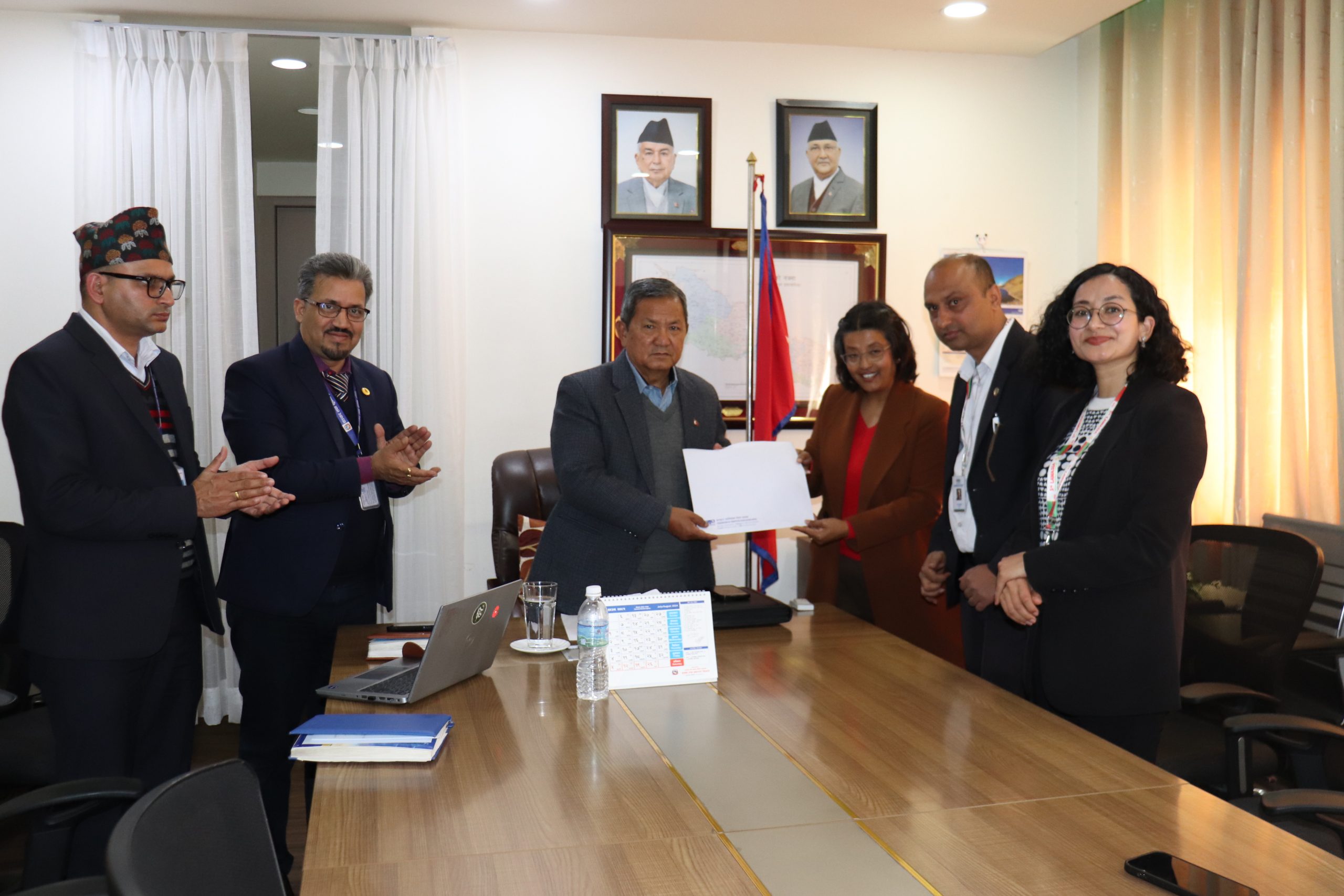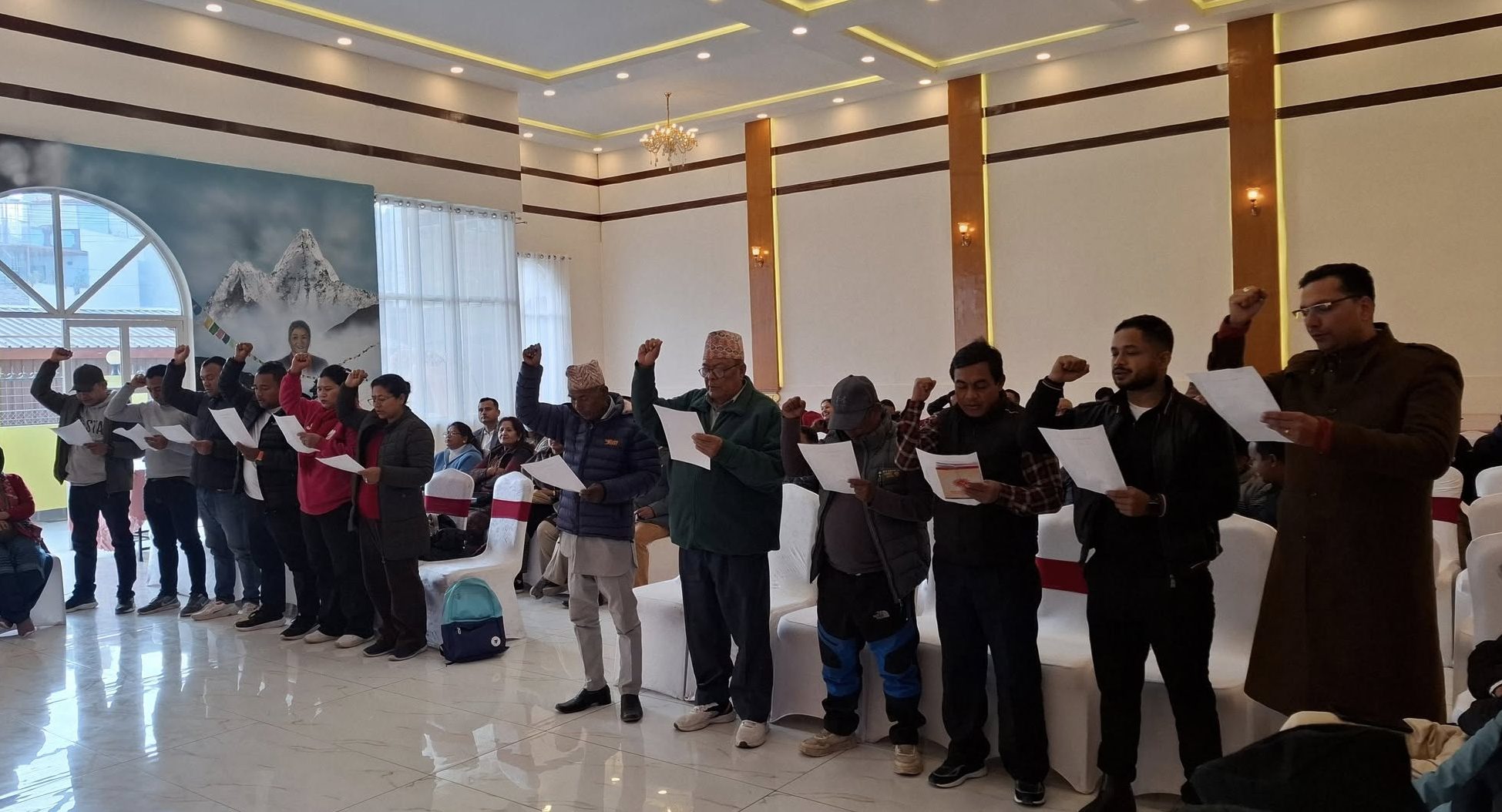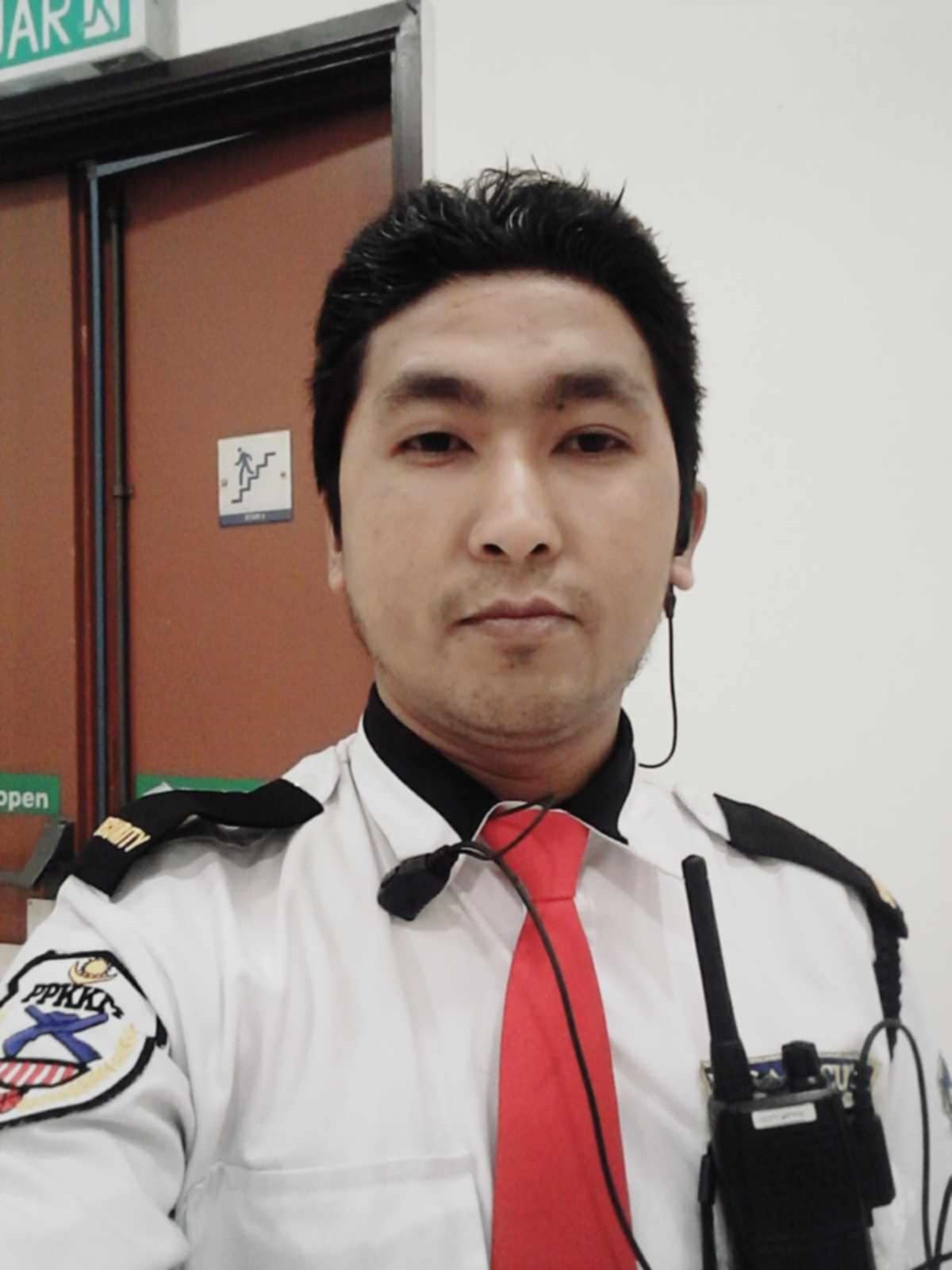TheCritical Analysis of Federal Election 2079 in Nepal
kapanonline
kathmandu,mangsir 27/ Abinav Acharya
On November 20, 2022, legal and eligible Nepalese all around the country cast their votes to elect the 275 members of the House of Representatives. This general election will result in the formation of the 11th government, with the selection of 165 members from single-member constituencies via FPTP and 110 members from a single nation-wide constituency via party-list proportional representation. Alongside the parliamentary election, provincial elections also took place.
The counting of the votes has been completed. The new administration has yet to be sworn in.According to the count published by the election commission, the Nepali Congress secured 32 seats for the party and 57 seats for the constituency, making it the leading party with a total of 89 seats. The Communist Party of Nepal (Unified Marxist–Leninist), CPN (UML), followed by winning a total of 78 seats—34 seats for the party and 44 seats for the constituency. The CPN (UML) suffered a loss of 43 seats compared to the last general election. The Communist Party of Nepal (Maoist Centre)—Socialist Party of Nepal, a party formed by the splitting of the People’s Socialist Party, lost 21 seats from the previous election, therefore securing only 32 seats in total. The People’s Socialist Party, with no surprise, suffered a heavy loss of 22 seats and secured only 12 seats this election. The party split can be said to have played some role in their defeat.
But the newly formed Rastriya Swatantra Party was able to win 20 seats, making itself the fourth-largest party after the election. The party won 13 seats for the party and 7 seats for the constituency. The success of the party with a non-partisan president and shared beliefs shows a new change in the Nepali political society and in the mindset of the citizens. Some other newborn parties that managed to acquire some seats in this election are the Janamat Party (6 seats), the Communist Party of Nepal (Unified Socialist) (10 seats), the Loktantrik Samajwadi Party (4 seats), and the NagrikUnmukti Party (3 seats). Also, the independent candidates with no political parties managed to take five seats.
The clear majority of the Nepali Congress could be seen in the parliamentary election, but the same cannot be said for the provincial election as no party was able to gain a majority. Still, the Nepali Congress secured the most wins with 174 seats. In second place, the Communist Party of Nepal (Unified Marxist–Leninist) won 161 seats, losing 82 seats compared to the previous election. The Communist Party of Nepal (Maoist Centre)—Socialist Party lost 25 seats and managed to secure only 83 seats. The Rastriya Prajatantra Party, with its historical formation during the Panchayat era, was able to win 28 seats, four more than the previous election. The People’s Socialist Party lost 48 seats with only 20 wins. The new parties managed to acquire quite a decent number of seats in this election. The Communist Party of Nepal (Unified Socialist) won 24 seats, the Janamat Party won 16 seats, the Loktantrik Samajwadi Party won 12 seats, and the NagrikUnmukti Party won 13 seats. Also, the independent candidates secured 12 seats.
In the local election held in six metropolitan cities, 11 sub-metropolitan cities, 276 municipalities, and 460 rural municipalities on May 13, 2022, a similar pattern to the parliament election was seen. The majority of seats were secured by the Nepali Congress with 13,773 wins, followed by the Communist Party of Nepal (Unified Marxist–Leninist) with 11,929 wins. The Communist Party of Nepal (Maoist Centre) secured 5,045 seats, and the People’s Socialist Party was able to come in fourth place with 1,548 wins.
The independent candidates managed to win 385 seats. In this election, the Communist Party of Nepal (Unified Marxist–Leninist) was able to gain the most victories in Province 1, but the rest of the provinces had Nepali Congress in the majority.
Overall, in all the elections held in the year 2022, the Nepali Congress proved to hold the popularity card. The Communist Parties suffered a slight setback in all three elections.Several alliances were formed and broken.It was as if the communist emergents had faced significant turbulence within their own community. Similarly, the old faces in Madheshi politics were finally replaced in this election by the new faces: CK Raut and Mahindra Raya Yadav.
This year, the Nepali citizens made their stances distinct in regard to the cases of Bina Magar, the daughter-in-law of Pushpa Kamal Dahal; Manushi Yami Bhattarai, the daughter of Baburam Bhattarai and Hisila Yami; Mohammad FirdoshAlam, the son of Mohammad Aftab Alam; and a few others who lost the elections. Nepotism in politics has never been a newborn, but this year’s election did not blindly favor all those big names. But alas, it is not that easy to change a whole generation’s beliefs, and so a few candidates managed to climb up the familial ladder. However, society is dynamic, and the candidacy of people from various professional backgrounds in all three elections displays an unusual or new wave in politics.

